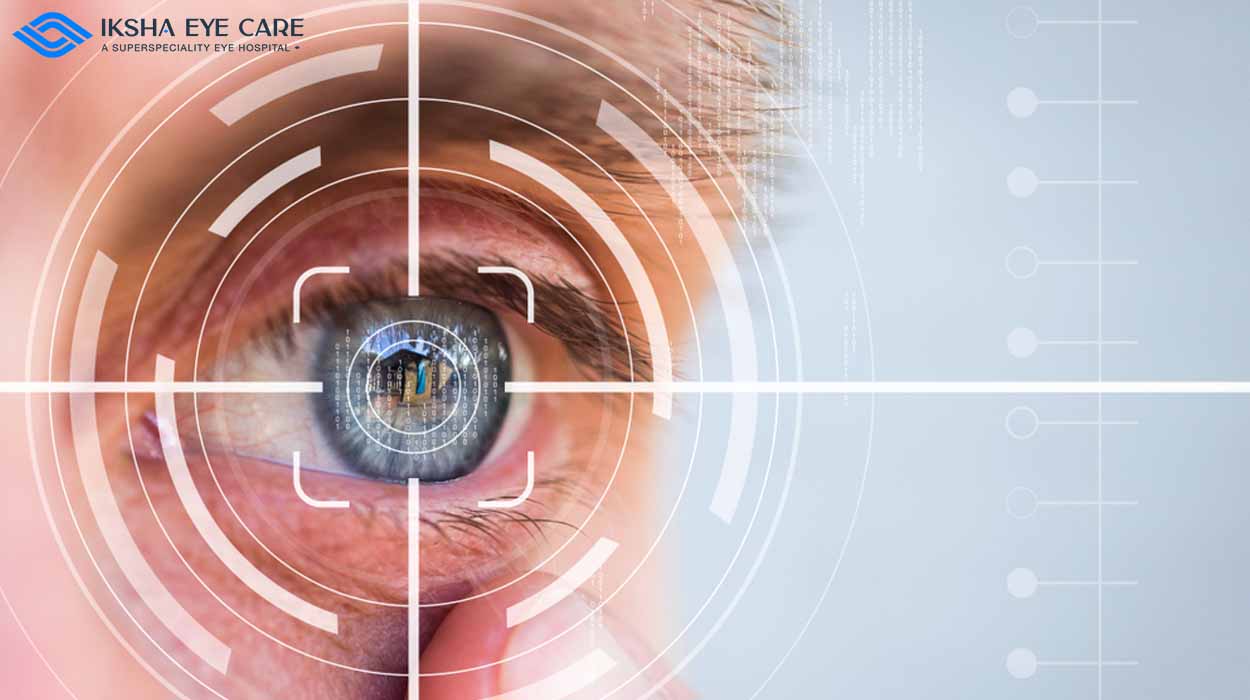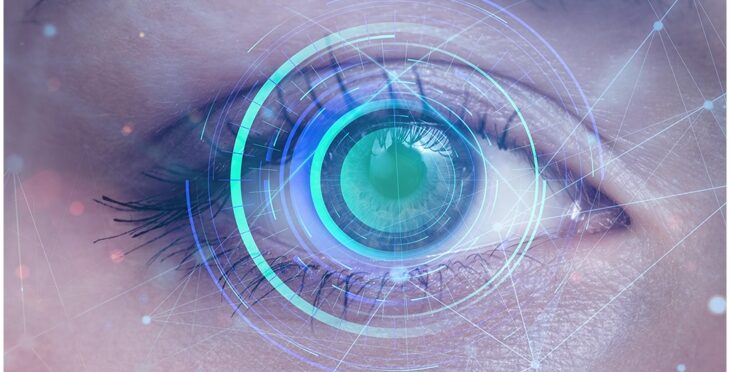Refractive Surgeries in AL: Boost Your Vision with Specialist Treatment
Refractive Surgeries in AL: Boost Your Vision with Specialist Treatment
Blog Article
The Function of Advanced Diagnostic Tools in Identifying Eye Disorders
In the world of ophthalmology, the application of advanced diagnostic devices has actually revolutionized the early recognition and monitoring of numerous eye disorders. As the demand for precise and timely diagnoses proceeds to grow, the assimilation of sophisticated tools like optical coherence tomography and visual field testing has actually come to be crucial in the realm of eye care.
Significance of Very Early Medical Diagnosis
Very early diagnosis plays a critical role in the reliable management and therapy of eye conditions. By spotting eye problems at an early stage, health care companies can offer proper treatment strategies tailored to the details condition, inevitably leading to better end results for clients.

Technology for Finding Glaucoma
Advanced diagnostic technologies play an important role in the early detection and surveillance of glaucoma, a leading reason of permanent blindness worldwide. Another sophisticated device is visual area screening, which maps the level of sensitivity of a client's aesthetic area, helping to discover any kind of locations of vision loss quality of glaucoma. These sophisticated diagnostic devices make it possible for eye doctors to diagnose glaucoma in its very early phases, enabling for timely treatment and far better administration of the illness to avoid vision loss.
Role of Optical Comprehensibility Tomography

OCT's capacity to evaluate retinal nerve fiber layer thickness permits specific and unbiased dimensions, aiding in the very early discovery of glaucoma even prior to visual area problems emerge. Additionally, OCT technology allows longitudinal monitoring of architectural modifications in time, facilitating individualized treatment strategies and timely treatments to help protect patients' vision. The non-invasive nature of OCT imaging additionally makes it a preferred option for monitoring glaucoma progression, as it useful link can be duplicated frequently without creating pain to the client. On the whole, OCT plays an important duty in enhancing the diagnostic precision and monitoring of glaucoma, ultimately contributing to much better end results for individuals in danger of vision loss.
Enhancing Diagnosis With Visual Area Screening
An essential part in comprehensive ophthalmic evaluations, visual field testing plays a pivotal role in enhancing the analysis procedure for numerous eye problems. By analyzing the complete level of a person's visual field, this examination provides essential details about the functional honesty of the whole visual pathway, from the retina to the aesthetic cortex.
Aesthetic area testing is especially beneficial in the diagnosis and monitoring of problems such as glaucoma, optic nerve conditions, and different neurological diseases that can influence vision. Via quantitative dimensions of outer and main vision, medical professionals can detect subtle adjustments that might indicate the original site presence or progression of these disorders, also before noticeable signs take place.
Additionally, aesthetic area testing enables the surveillance of treatment effectiveness, assisting ophthalmologists tailor restorative treatments to individual patients. eyecare near me. By tracking changes in visual area performance with time, medical care providers can make enlightened decisions about adjusting medications, advising medical treatments, or applying various other ideal steps to maintain or improve a person's visual function
Managing Macular Degeneration

Conclusion
In conclusion, progressed analysis tools play a crucial duty in determining eye disorders early on. Technologies such as Optical Comprehensibility Tomography and visual area testing have greatly boosted the accuracy and performance of identifying conditions like glaucoma and macular deterioration.
Report this page